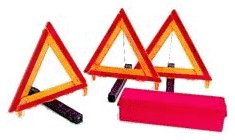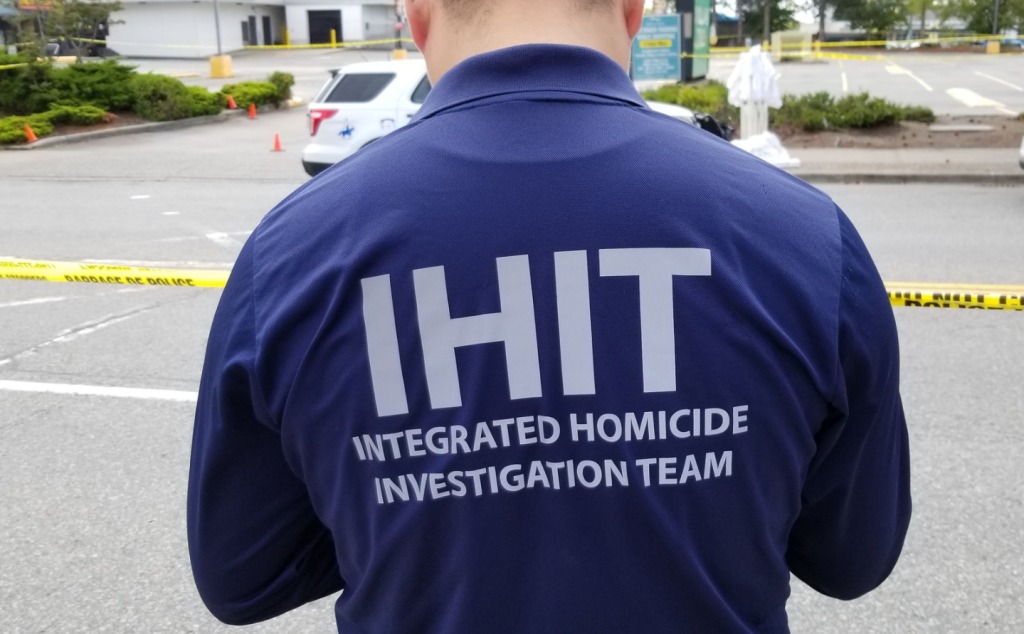What do you have stored in your vehicle to protect yourself and other road users in the event of a breakdown or collision? Most of us will probably reply that they don’t have anything prepared for this eventuality. In fact, with the reliability of vehicles today and perhaps not having been involved in a significant collision before, we may be lulled into thinking that we don’t really need it.

Cole Notter may have felt this way. He’s the subject of a court case where he was involved in a single vehicle collision and left his black Kia sitting across one lane of highway 1 east of Chilliwack, at night, with no lights on and did nothing to protect others.
Others stopped to offer assistance, parking on the opposite side of the road with their hazard flashers on.
Edward Godbout approached the scene driving a loaded tractor trailer unit. Thinking that the hazard involved the vehicle with the hazard flashers on, Mr. Godbout changed lanes away from it. He failed to see the Kia in time and was unable to avoid a collision.
That collision left Mr. Godbout’s truck and trailer laying on it’s side in the median and the load of scrap metal strewn across the westbound lanes.
Subsequently, he claimed an injury to his left arm and shoulder, neck and back. He also experiences headaches. Most significantly, he claims to have suffered post-traumatic stress disorder, vertigo, decreased sex drive and vision problems arising as a result of his injuries.
Mr. Justice Jenkins found Notter to be 100% liable for the collision involving Godbout because he had done nothing to warn others of the hazard that he had created. The settlement amounted to almost $600,000.
In my experience, it is not uncommon to attend a collision at night and find the disabled vehicle sitting in the darkness without any lights on and the vehicle’s lighting system still capable of being used.
Even if you are on the shoulder of the highway it is wise to use your hazard flashers or leave your parking lights on at night.
A set of breakdown warnings is not a significant expense. With a little bit of thought, you can equip yourself fairly well for less than the cost of an oil change.
If you ever need to use your breakdown warnings, a bit of thought is in order for their deployment. The higher the speed, the further away the first warning should be placed from the scene. Remember that drivers need to see the warning, decide that they need to do something and then do it, all before they arrive at the difficulty.
Our freeways may be posted at 120 km/h or just over 33 m/s. 4 seconds for perception and reaction is not out of the question and means that more than 120 meters has been traveled before the driver applies the brakes. If it’s slippery, the braking distance could be significant too.
Hills, curves and multiple lanes may require extra warnings so I would suggest that a minimum of three devices would be wise to have.
You may never need to use breakdown warnings to protect yourself or others but this case is a great example of what a bit of thought and a few dollars in safety equipment could save.
Story URL: https://www.drivesmartbc.ca/case-law/warning-others-breakdown
Constable Tim Schewe (Retired)
DriveSmartBC: Where better than average drivers satisfy their curiosity.






